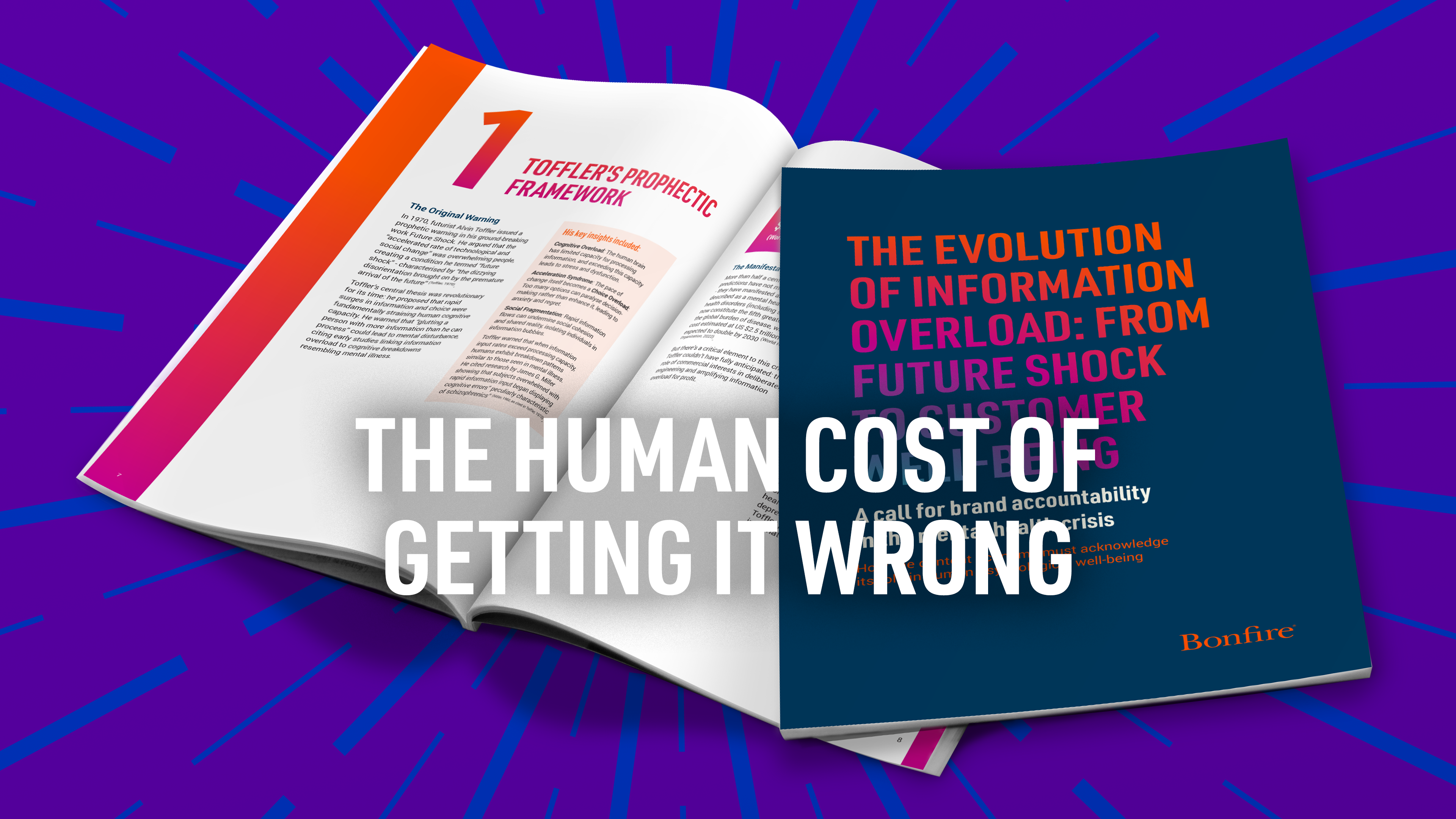Navigating E-commerce in 2025

The 2025 e-commerce landscape is a dynamic, multi-trillion-dollar arena defined by fragmentation and intense competition. The consumer journey no longer follows a linear path; it begins on search engines, established marketplaces, and increasingly, on social media platforms like TikTok and Instagram. This has created a bipolar market, forcing sellers into a strategic choice between the hyper-convenience and logistical might of giants like Amazon, and the extreme value proposition of disruptive, direct-from-factory platforms such as Temu. Occupying the middle ground without a distinct competitive advantage is becoming an increasingly precarious position.
A comparative analysis of the major platforms reveals a landscape of distinct trade-offs. General marketplaces like Amazon, eBay, and Walmart offer immense customer reach. Amazon remains the undisputed leader with its unparalleled logistics network, FBA, but this access comes at a high cost: complex fees that can consume up to 40% of a sale, fierce competition (including from Amazon’s own brands), and a near-total lack of customer data ownership. eBay thrives in niches like used goods and collectibles, while Walmart is leveraging its vast physical footprint to build a formidable omnichannel presence.
Specialised platforms offer more targeted audiences. Etsy dominates the handmade and vintage market, cultivating a loyal community of over 90 million buyers. At the other end of the spectrum, Temu has captured a massive price-sensitive audience with its ultra-low-cost model, while Alibaba remains the essential B2B engine for sourcing inventory. Simultaneously, the social commerce revolution, led by TikTok Shop, Instagram Shopping, and Facebook Marketplace, has fused content with commerce. These platforms offer the potential for viral sales but demand a constant stream of engaging content and cede critical customer data to the platform itself.
Given this fragmented environment, a single-channel strategy is no longer viable; it exposes businesses to significant risks, including algorithm changes and policy shifts. Adopting a multi-platform presence is now an imperative for expanding audience reach, mitigating risk, and building brand credibility. However, this introduces significant operational challenges, chief among them being centralised inventory management to prevent costly overselling. The most resilient solution is a “hub-and-spoke” model: establishing a brand’s own direct-to-consumer (DTC) website as the central hub for owning the customer relationship and data, while using marketplaces and social channels as spokes for customer acquisition.
Looking ahead, several key trends will shape the future of e-commerce. The AI revolution will transform product discovery from keyword-based search to conversational, intent-driven interactions, requiring sellers to provide rich, structured data for AI agents to parse.
Social and live commerce will become more deeply integrated into daily life, while sustainability will evolve from a niche preference to a core consumer value, driving demand for eco-friendly products and circular economy models like resale. Success in this new era will belong to agile, multi-platform brands that can leverage these technological and behavioural shifts, all while building a strong, data-rich DTC hub at the core of their strategy.
ARE YOU READY TO UNCOVER YOUR
EXTRAORDINARY?
Let’s unleash your extraordinary today!









